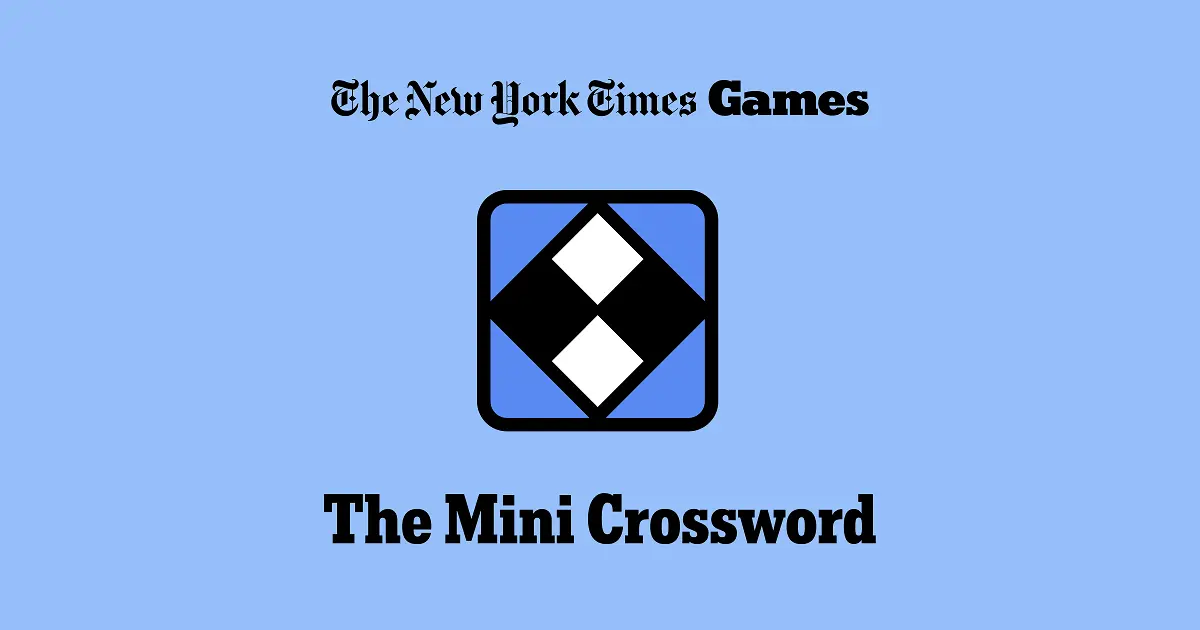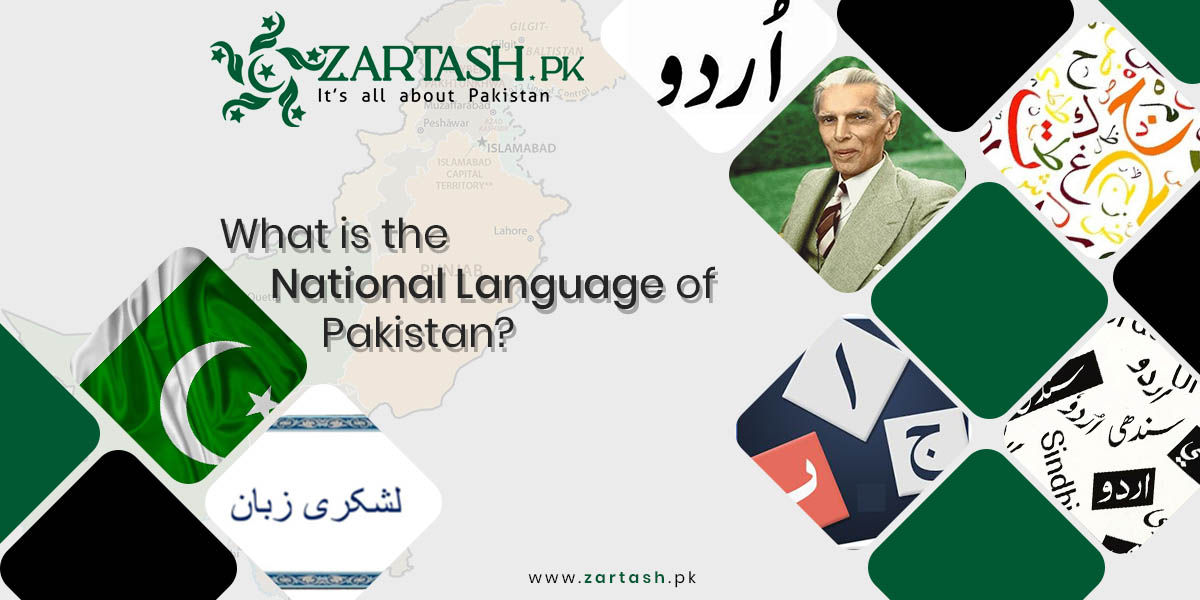National language of pakistan nyt – In the realm of global media, the New York Times (NYT) holds a prominent position, shaping international perspectives and narratives. This article delves into the portrayal of Pakistan’s national language within NYT articles, exploring its historical significance, challenges, and opportunities.
The national language of Pakistan, Urdu, carries a rich history and serves as a vital thread in the tapestry of the nation’s cultural and political fabric. However, in the contemporary era marked by globalization and linguistic diversity, the national language faces unique challenges and opportunities.
National Language of Pakistan in NYT Articles

The New York Times (NYT) has been covering Pakistan extensively for decades, and its portrayal of the national language, Urdu, has evolved over time. In recent years, there has been a noticeable increase in the use of Urdu in NYT articles, reflecting the growing importance of the language both in Pakistan and on the international stage.
Increased Use of Urdu in NYT Articles
One of the most significant changes in the NYT’s coverage of Pakistan has been the increased use of Urdu in articles. In the past, NYT articles about Pakistan were typically written in English, with only occasional use of Urdu words or phrases.
However, in recent years, there has been a shift towards using more Urdu in articles, both in direct quotes from Pakistani sources and in the NYT’s own reporting.This increased use of Urdu in NYT articles is likely due to several factors.
First, there has been a growing recognition of the importance of Urdu as the national language of Pakistan. Urdu is spoken by the majority of Pakistanis, and it is the official language of the government and the military. Second, there has been a growing interest in Pakistan among international readers, and the NYT is responding to this demand by providing more coverage of the country in its articles.
Third, the NYT has a long tradition of using local languages in its reporting, and this tradition has continued in its coverage of Pakistan.
Historical Context of Language in Pakistan
The national language of Pakistan, Urdu, has a rich and complex history that is intertwined with the country’s political and cultural landscape. The adoption of Urdu as the national language was a significant step in shaping Pakistan’s national identity and its relationship with other regional languages.
Urdu as a Symbol of Unity
After the partition of British India in 1947, Pakistan emerged as a new nation with a diverse linguistic landscape. The need for a common language to unite the country’s diverse population became paramount. Urdu, which had been widely spoken in the northern regions of the subcontinent, was chosen as the national language in 1948.
Role in National Identity, National language of pakistan nyt
Urdu played a pivotal role in fostering a sense of national unity among Pakistanis. It became the language of government, education, and media, and its use helped to create a shared cultural identity for the people of Pakistan.
Relationship with Regional Languages
While Urdu became the national language, Pakistan also recognizes a number of regional languages, including Punjabi, Sindhi, Pashto, and Balochi. These languages continue to play a significant role in the cultural and linguistic diversity of the country.
Challenges and Controversies
The adoption of Urdu as the national language has not been without its challenges and controversies. Some regional language groups have expressed concerns about the dominance of Urdu and the potential marginalization of their own languages.
Current Status
Today, Urdu remains the official national language of Pakistan, but it is used alongside a number of regional languages. The country’s linguistic landscape is a reflection of its rich cultural diversity, and the use of multiple languages continues to play a vital role in shaping Pakistan’s national identity.
Challenges and Opportunities for the National Language
The national language of Pakistan, Urdu, faces various challenges in the modern era. These include regional diversity, globalization, and the pervasive influence of English. Despite these challenges, there are opportunities to promote and preserve Urdu through initiatives in education, media, and technology.
Challenges
- Regional Diversity:Pakistan is a linguistically diverse country with numerous regional languages. This diversity can hinder the widespread adoption and use of Urdu as the national language.
- Globalization:The increasing interconnectedness of the world has led to the dominance of English as a global language. This has posed a challenge to the preservation and promotion of Urdu.
- Influence of English:English is widely used in education, business, and government in Pakistan. This has led to a decline in the use of Urdu in these domains.
Opportunities
- Education:Promoting Urdu in education is crucial for its preservation and growth. This includes incorporating Urdu as a mandatory subject in schools and universities.
- Media:The media plays a significant role in shaping language use. Encouraging the use of Urdu in newspapers, television, and radio can help promote the language.
- Technology:Technology can be leveraged to create digital resources and tools for Urdu learning and promotion. This includes developing online dictionaries, language learning apps, and translation software.
Cultural and Linguistic Diversity in Pakistan

Pakistan is a multilingual and multicultural nation, with a rich tapestry of languages spoken throughout its diverse regions. The national language, Urdu, serves as the official language of the country, but alongside it, numerous regional and minority languages flourish, each contributing to the cultural and linguistic heritage of Pakistan.
The interplay between Urdu and regional languages is complex and dynamic. Urdu, being the official language, enjoys a privileged status in education, government, and media. However, regional languages hold deep cultural significance for their respective communities and continue to be widely spoken in daily life, cultural expression, and local administration.
Language Rights, Preservation, and Cultural Expression
The preservation and promotion of regional languages in Pakistan have been a subject of ongoing debate and advocacy. While Urdu remains the dominant language in official domains, there have been efforts to recognize and support the rights of linguistic minorities.
This includes the establishment of language academies, the inclusion of regional languages in educational curricula, and the provision of government funding for language preservation initiatives.
Cultural expression through regional languages remains a vibrant aspect of Pakistani society. Folk tales, traditional music, and literary works in regional languages continue to be cherished and celebrated, showcasing the diverse cultural heritage of the nation. The promotion of regional languages not only preserves linguistic diversity but also fosters cultural identity and a sense of belonging among Pakistan’s diverse communities.
Language and Social Media in Pakistan
Social media has emerged as a powerful force shaping the use and perception of the national language in Pakistan. Social media platforms, such as Facebook, Twitter, and Instagram, have become major channels for communication, news consumption, and cultural expression, influencing how people use and interact with the national language.
Role of Social Media in Language Usage
- Increased exposure to the national language:Social media platforms provide a vast space for users to engage with content in the national language. This increased exposure helps promote familiarity and proficiency in the language.
- Informalization of language use:Social media allows for more informal and conversational language use. This informality has influenced the way people communicate in the national language, leading to the adoption of slang, colloquialisms, and shortened forms.
- Language learning and acquisition:Social media can facilitate language learning through exposure to authentic language use and interactions with native speakers.
Promotion of Linguistic Diversity
Social media also plays a role in promoting linguistic diversity in Pakistan. By providing a platform for different languages and dialects, social media helps preserve and celebrate the country’s linguistic heritage. This includes regional languages, minority languages, and endangered languages.
Challenges and Opportunities
- Language dominance:The dominance of English on social media platforms can pose a challenge to the promotion of the national language. It is important to encourage the use of the national language on social media to ensure its continued vitality.
- Misinformation and language barriers:Social media can also be a source of misinformation, particularly in regions where linguistic diversity exists. Addressing language barriers and promoting accurate information dissemination is crucial.
- Opportunities for language revitalization:Social media provides opportunities for marginalized languages to gain visibility and support. This can contribute to their revitalization and preservation.
Future Prospects for the National Language: National Language Of Pakistan Nyt
The future of the national language in Pakistan is promising, with technological advancements, globalization, and the evolving language landscape contributing to its growth. The government’s initiatives, such as the National Language Policy, are also instrumental in promoting the language’s use in education, media, and official communication.
Technological Advancements
Technological advancements, such as machine translation, natural language processing, and language learning apps, are making the national language more accessible and easier to learn. These tools can translate documents, interpret speech, and provide interactive learning experiences, enabling individuals to engage with the language more effectively.
Globalization
Globalization is fostering cross-cultural communication and increasing the demand for multilingualism. The national language, being the lingua franca of Pakistan, plays a vital role in facilitating communication within the country and beyond its borders. Its use in international trade, diplomacy, and cultural exchange is expected to grow in the future.
Evolving Language Landscape
The language landscape in Pakistan is constantly evolving, with the emergence of new dialects, slang, and technical terms. The national language, as a dynamic and adaptable language, is absorbing these changes and incorporating new words and expressions into its vocabulary.
This process ensures the language’s relevance and vitality in the changing linguistic landscape.
Strategies for Ensuring Vitality
To ensure the vitality and relevance of the national language in the years to come, several strategies can be implemented:* Promoting Language Education:Emphasizing the teaching of the national language at all levels of education, from primary school to higher education, can foster a strong foundation in the language and encourage its use in various domains.
Encouraging Language Use in Media
Encouraging the use of the national language in mass media, including television, radio, and print, can increase its visibility and promote its adoption by a wider audience.
Supporting Language Research and Development
Investing in language research and development, including the creation of dictionaries, grammar books, and language learning materials, can contribute to the standardization and enrichment of the language.
Preserving Cultural Heritage
Preserving the cultural heritage associated with the national language, such as literature, music, and folklore, can help maintain its connection to the people and foster a sense of cultural identity.By implementing these strategies, Pakistan can ensure the vitality and relevance of its national language in the face of technological advancements, globalization, and the evolving language landscape.
Ending Remarks

As Pakistan navigates the complexities of the 21st century, the future prospects of its national language remain intertwined with the country’s evolving linguistic landscape, technological advancements, and global interconnectedness. By embracing a multifaceted approach that values both the national language and regional linguistic diversity, Pakistan can foster a vibrant and inclusive linguistic environment that preserves its cultural heritage while embracing the opportunities of the modern world.
User Queries
What is the significance of the national language in Pakistan?
The national language of Pakistan, Urdu, holds deep historical, cultural, and political significance. It serves as a unifying force, fostering national identity and connecting people from diverse linguistic backgrounds.
What challenges does the national language face in Pakistan?
The national language faces challenges such as regional diversity, the influence of English, and the impact of globalization. These factors can hinder its widespread adoption and use.
How can the national language be promoted and preserved in Pakistan?
Promoting and preserving the national language requires initiatives in education, media, and technology. These efforts can help increase its usage, strengthen its presence in public discourse, and ensure its vitality for future generations.